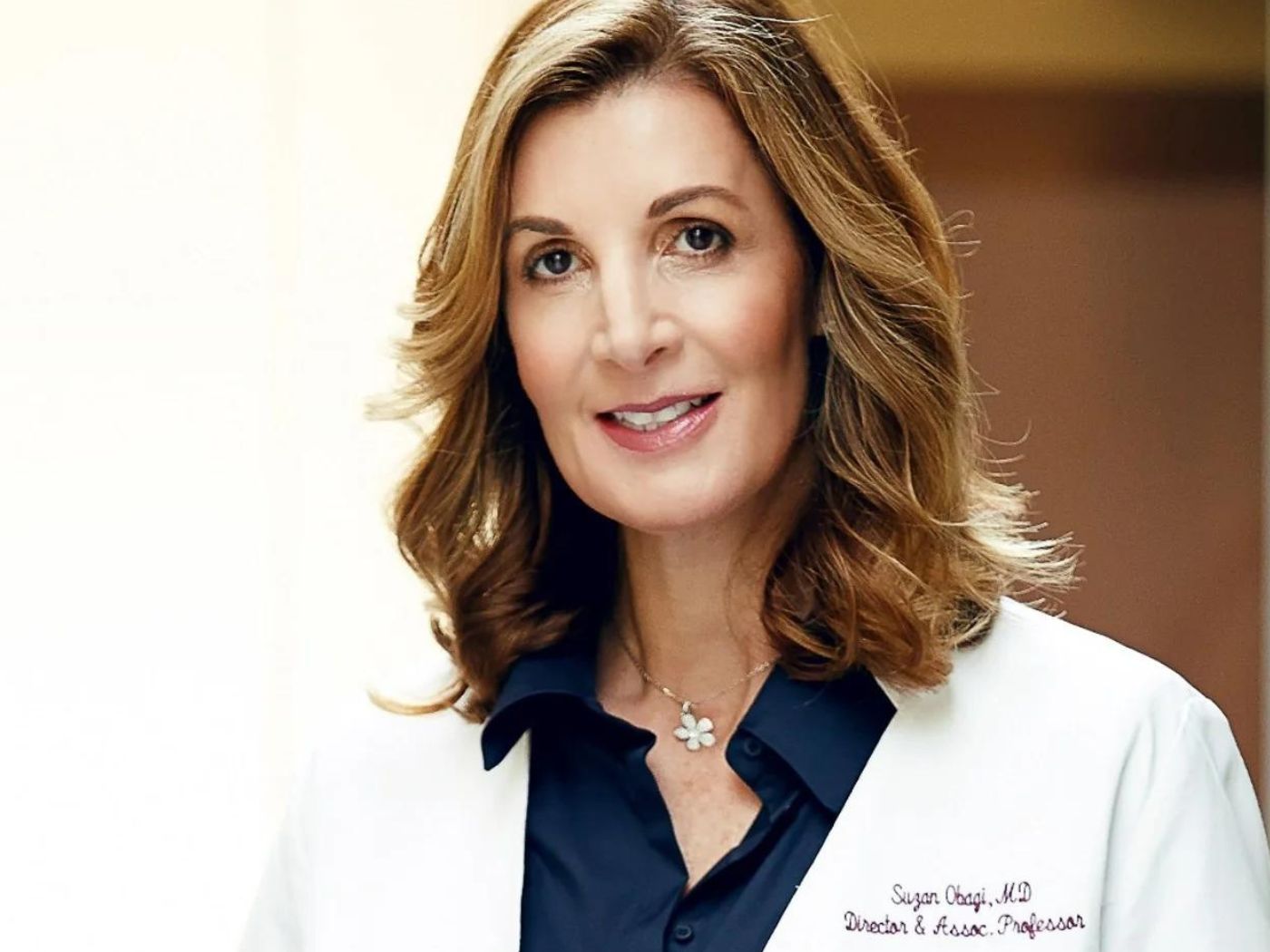The challenge for many beauty brands these days is how to authentically connect with consumers via digital media platforms and technology. On Thursday, September 22, Snapchat hosted a fireside chat for CEW members to hear Laurie Lam, E.l.f Beauty Chief Brand Officer (CBO), converse with Rosie Spindel, Snapchat’s Head of Emerging Consumer Packaged Goods (CPG), on everything from E.l.f.’s leadership position on social to launching products using AR to how legacy brands can stay authentic among new users.
The conversation began with an icebreaker about the first time Laurie became interested in the world of beauty. From a young age, Laurie recalled that she was fascinated with cosmetics but wasn’t allowed to wear them due to family rules. Laughing, she said she would “paint” makeup on her face on polaroid photos, drawing fake lashes on her lids with a black marker and lipstick on her lips with a red marker. Drawing and altering photos may have served as a foreshadowing to today’s filter photo culture, especially popular with millennials and Gen Z on social media today.
The topic then switched to how beauty brands can effectively and authentically interact with consumers via digital media experiences. E.l.f. Beauty is currently one of the leading beauty brands to have mastered the technique of interacting with their consumers on a screen-to-screen format, particularly on social media platforms such as Snapchat. Studies have shown that Gen Z consumers are 92 percent more likely to purchase beauty products they first experienced through augmented reality (AR). According to a survey conducted by Piper Sandler, E.l.f. Beauty ranks as one of the most preferred makeup brands for teenage consumers. One successful campaign included creating an augmented reality activation for Poreless Putty Primer on Snapchat. The activation allowed Snapchat users to “try on” the primer and then virtually jump into a body of water, emerging with their “makeup” unscathed. This was a way for potential and current E.l.f. Beauty consumers to “experience” the primer’s effects in a way that was interactive, unique, and memorable.
Following the fireside chat, questions from the audience were tackled. One prestige beauty executive asked how a legacy beauty brand that has traditionally connected with consumers in brick-and-mortar stores can authentically connect with consumers in a digital capacity. Laurie, who used to work with the prestige brand Estée Lauder as a beauty advisor in her teen years, explained that a brand must figure out a way to translate the experience of shopping at a counter to shopping via a screen. “The most important thing to remember in talking to your audience on a digital platform,” Laurie emphasized, “is keeping the genuine voice of the brand in the same way a brand’s beauty advisor would speak to a consumer.”
“Doesn’t the beauty advisor have a personality in the way that they talk to you? Isn’t there a way that a beauty advisor talks to you, that the words they are using are not exactly bible to the training book? I think it starts there. It starts with what the personality [of the established beauty brand] wants to convey in an authentic conversation…Think about the personality and the tone in how you actually talk to someone, reflect on that part before you map it [into a digital marketing strategy],” said Laurie.
Using words or phrases that are reflective of a brand’s ethos and personality, figuring out unique ways for a product’s features to be “experienced” to a potential buyer, and being consistent in consumer messaging are all ways a beauty brand can authentically present themselves authentically in a digitally centered retail landscape to the modern consumer.




